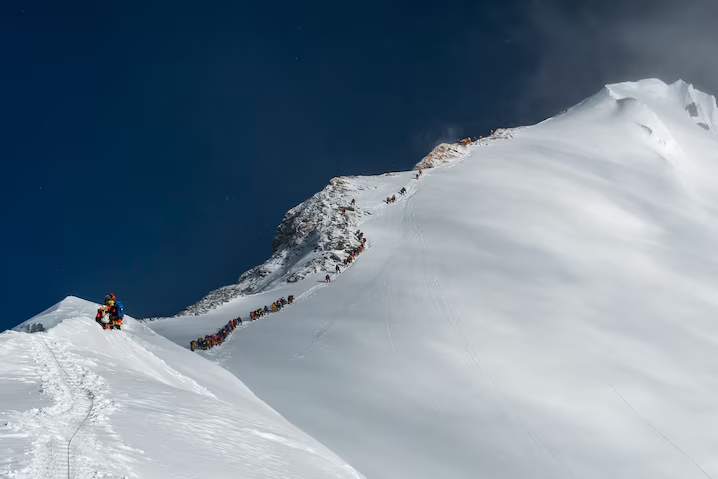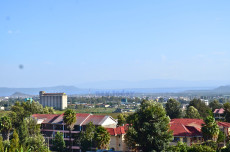- Mt Everest, sits at 9,849 Metres above the Dingboche village of Nepal attracting approximately 100,000 visitors to its national park annually, with about 800 of those attempting the deadly climb to the Everest summit.
The Everest climb is the ultimate dream of every enthusiastic, adrenaline-driven hiker, but what happens when things don’t go as expected?
Mt. Everest, the highest mountain on earth, sits at 9,849 metres above the Dingboche village of Nepal. The mountain’s park, Sagarmatha National Park attracts approximately 100,000 visitors every year with about 800 of those attempting the deadly climb to the Everest summit.
The climb requires stamina, dedication, and a minimum of USD 11,000 (Ksh 1.4Million) paid to the Nepali government. This is exclusive of additional costs for supplies, including oxygen, for the climber and their Sherpa.
Sherpa’s are an indigenous ethnic group that lives in the high mountain region of the Eastern Himalayas and is known for providing support to climbers.
As of 2023, according to the Himalayan database, over 11,000 successful summits had been made by 6,664 different people with many doing it more than once. The climb usually takes about two months, with stops at different encampments to adjust to altitude changes.
Read More
The dark side of the Everest climb is that not everyone makes it down, a reality that climbers have to come to terms with before undertaking the risky attempt.
On the mountain is an area called ‘the death zone’ where most fatalities occur, a place beyond extreme altitudes with severe lack of Oxygen. It takes the best climbers weeks to acclimatize to the altitude at the death zone.
Climbers run the highest risks like altitude sickness, loss of body function and even blindness from the reflective snow glare. The biggest cause of fatalities on Everest is avalanches which are unpredictable making the hike even more dangerous. High human traffic on Everest sometimes contributes to fatalities as hikers end up spending too much time at the death zone.
Mountain Medicine doctor Jeremy Windsor, who has summited Everest, compared hiking the mountain to running on a treadmill while breathing through a straw.
Over 330 climbers have died on Everest, with over 200 known bodies remaining on the mountain and others lost to the elements.
Bringing bodies down from the mountain is so expensive and difficult to execute as bodies get frozen and embedded into the mountain sides, requiring an extensive detachment process that requires a team of Sherpa’s and special equipment.
Families who can’t afford the process, which usually costs between USD 30,000 (Ksh 3.9 Million) and USD70,000 (9.2Million), ask for the bodies of their loved ones to be moved away from sight.
From the human traffic at Everest every year, an estimated 75 tonnes of human waste is left on the mountain. This prompted the Nepali government to impose a law requiring climbers and their support staff to carry 8 kilograms of waste each, on their way down or risk losing a USD 4000 (Ksh 530,000) deposit.










